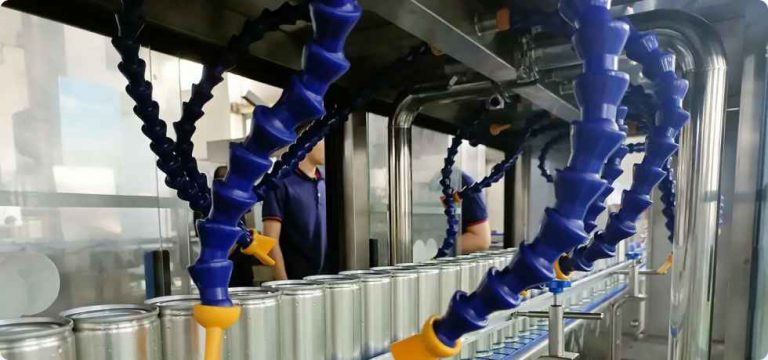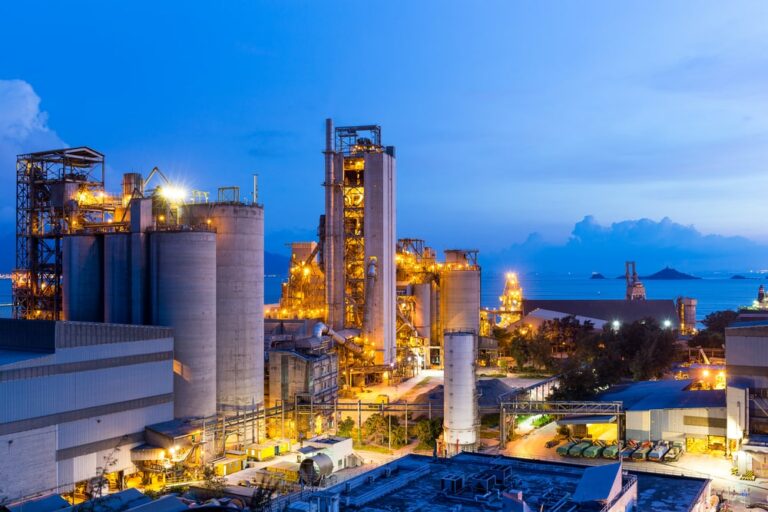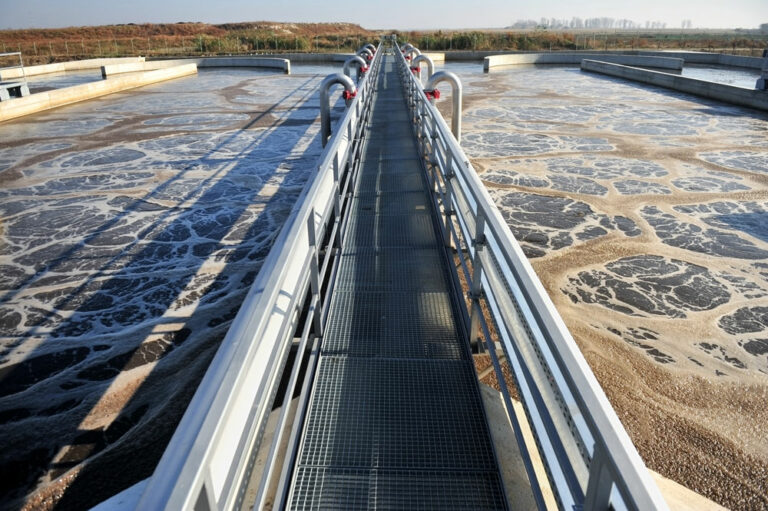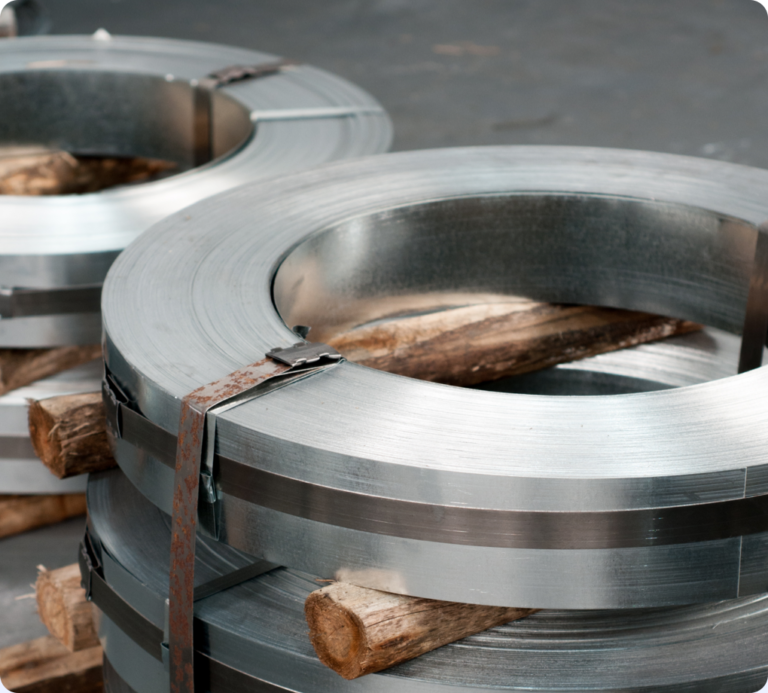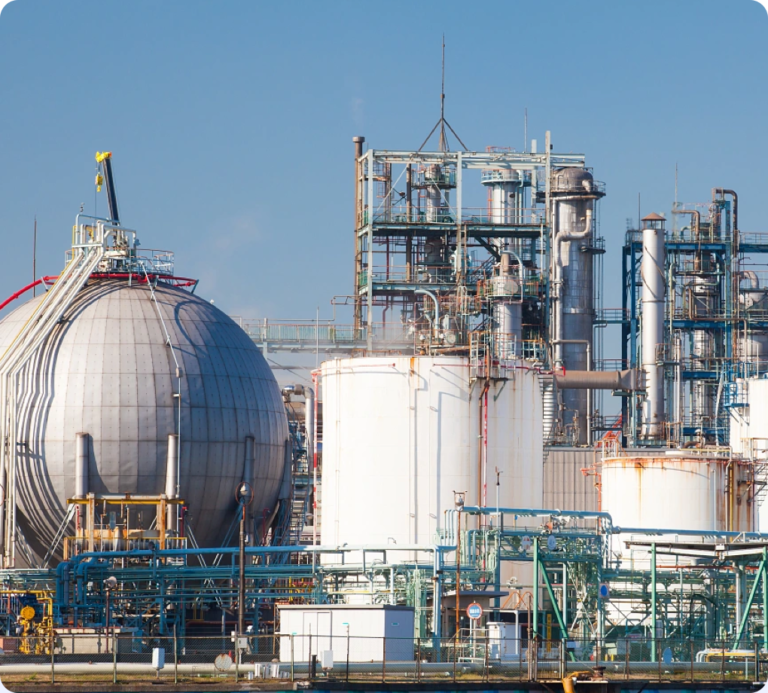RAETTS is a manufacturer of blowers, such as high efficiency air blower,Lower Noise Blowers,Industrial Air Blower Manufacturer ,air blower for steel plant,air blowers for pneumatic conveying,centrifugal air suspension blower. The products are widely used in environmental protection and other industries. The company has advanced testing equipment and production facilities, has more than 18 years of manufacturing experience, is very skilled in design, development and manufacturing, and has been exported to more than 30 countries.We can provide more energy conservation for the world, provide more perfect product solutions for customers, and provide good quality and highly competitive prices through mass production. We hope that all customers can provide 100% satisfactory solutions for fans and motors. Welcome more customers from all walks of life to contact us to create a common success in future business relations. We offer the best products and services at the most favorable prices.
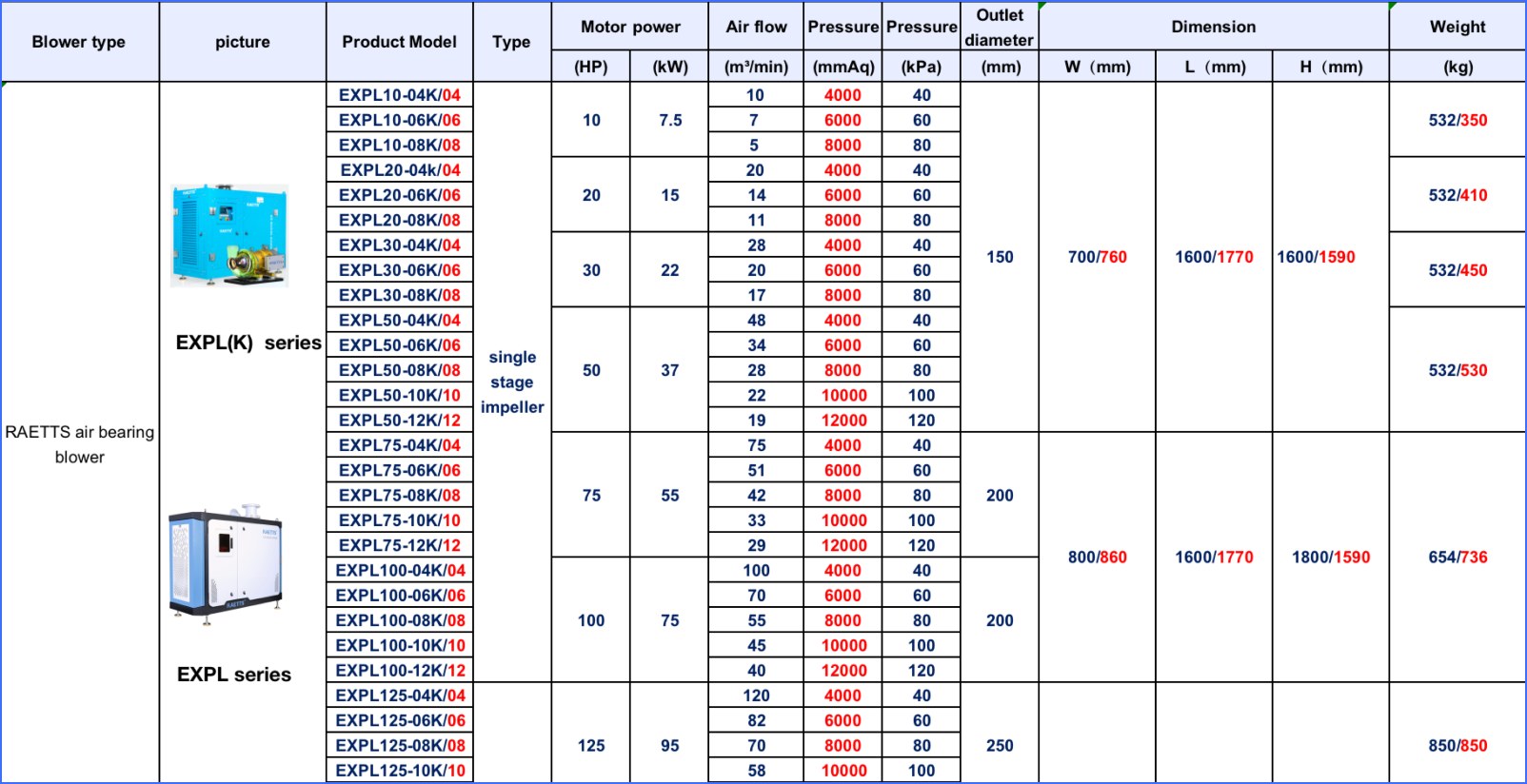
| Product name | Blower Systems for Pneumatic Conveying |
| Keyword | high efficiency air blower,Lower Noise Blowers,Industrial Air Blower Manufacturer ,air blower for steel plant,air blowers for pneumatic conveying,centrifugal air suspension blower |
| Place of Origin | China |
| Feature | RAETTS air bearing turbo blower is a brand-new concept blower, which integrates the main core technologies such as “air suspension bearing”, “permanent magnet ultra-high-speed motor”, “high-precision aviation-grade impeller”, and creates a new era of ultra-high efficiency ,low noise and low energy consumption. |
| Dimensions | 775mm*798mm*781mm, (Contact us for specific information to confirm) |
| Applicable Industries | environmental protection, etc. |
| Weight | 434kg |
| delivery date | the common delivery time will be 30-40 days. |
| terms of paymen | RAETTS accept payment by T/T(30% advance payment,70% before shipment) |
| Life span | 17 years (Contact us for specific information to confirm) |
| After-sale service | RAETTS warranty time for air bearing blower and maglev turbo blower is 24months,for high speed centrifugal blower is 12 months. |
| Advantage | We keep good quality and competitive price to ensure our customers benefit |
| Packing | 884x878x892mm(Contact us for specific information to confirm) |
| OEM/ODM | Customization Service Provided |
| Sales country | All over the world for example:Nepal,Oman,Tanzania,Gambia,Romania,Chad,Armenia,Russia |
| MOQ | 4pcs(Contact us for specific information to confirm) |
| production capacity | production capacity RAETTS production quantity for air bearing blower and maglev turbo blower is about 200pcs/month,for high speed centrifugal blower is about 700pcs/month. |
| raw materials | RAETTS air blower impeller in made of aluminum alloy,enclosure material is carbon steel,rotor material is cast iron.If customers need other special materials,we can also customized according to customers requirements |
| technology | RAETTS air bearing blower technology is originated from South Korea and maglev turbo blower technology is originated from Germany.RAETTS also have R&D team from Xi’an Jiaotong University |
| quality system | RAETTS has quality management system certificate ISO9001:2015 and enviromental management system certificate ISO14001:2015 |

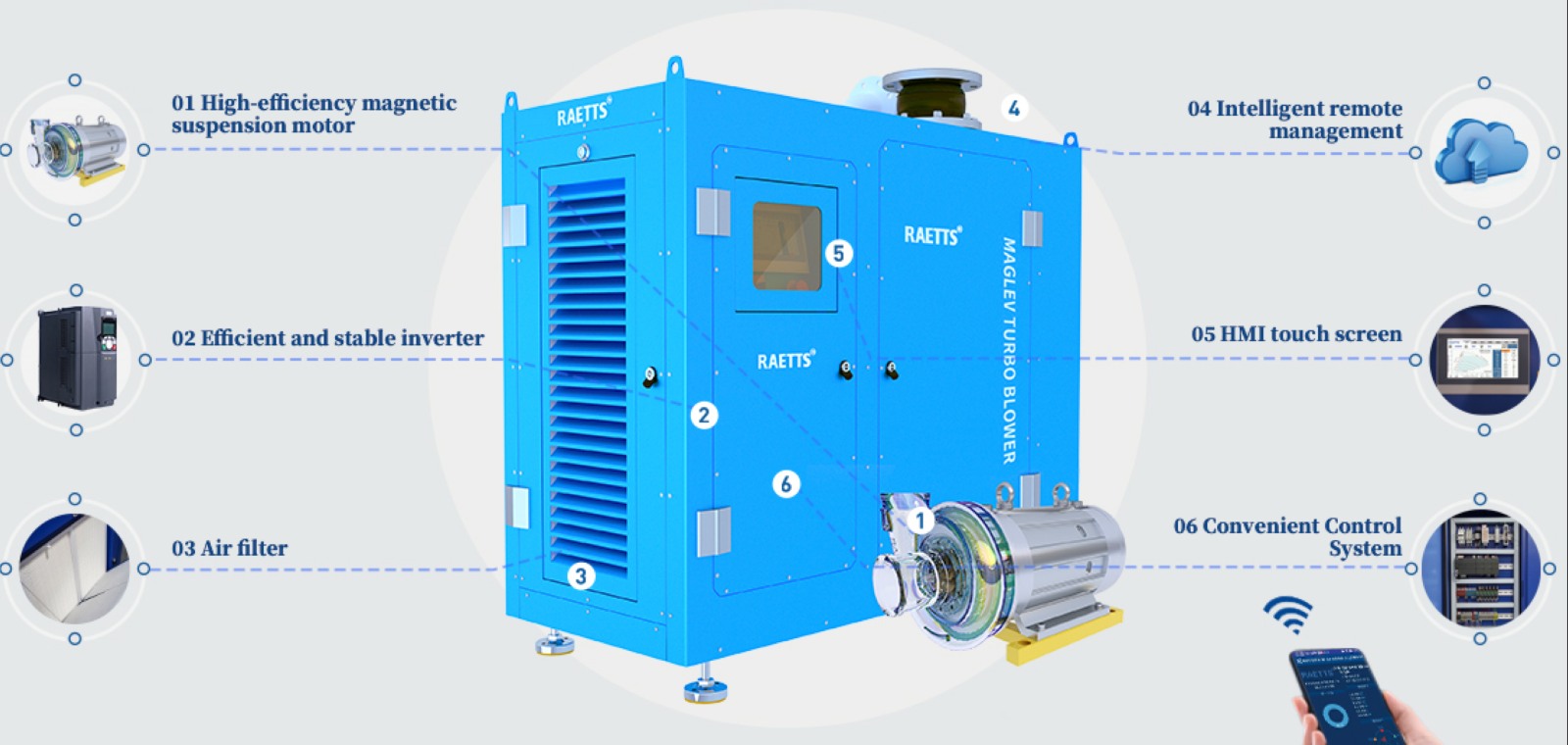
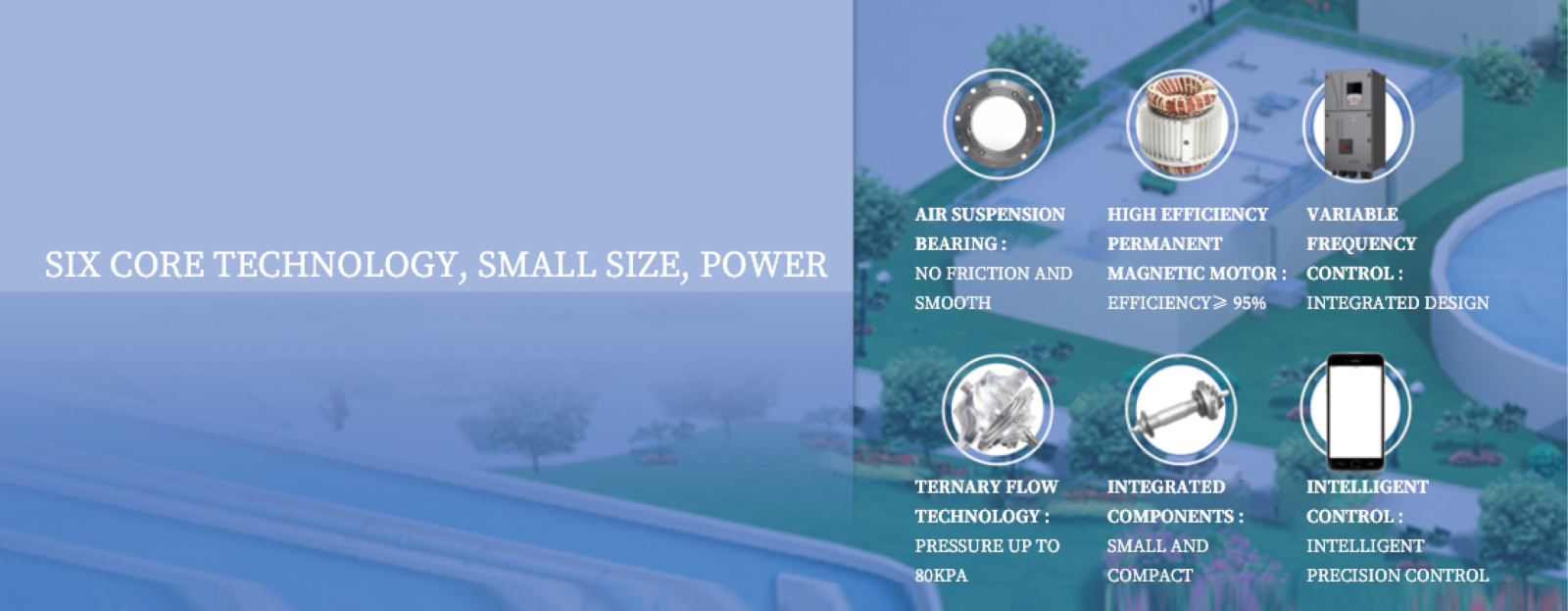
Blower Systems for Pneumatic Conveying services FAQs Guide
Are you looking for a quick review guide about Blower Systems for Pneumatic Conveyingservices?
An ultimate FAQ buying guide is available to help you.This guide contains all the information about all the important facts, figures, and various processes regarding Blower Systems for Pneumatic Conveying services.
Let’s continue!
2.What Types of Materials Can a Turbo Blower Handle?
3.About Blower Systems for Pneumatic Conveying production equipment
4.What is the Cost Comparison between a Turbo Blower and Other Types of Blowers?
5.Can a Turbo Blower Handle Abrasive or Corrosive Gases?
6.About Blower Systems for Pneumatic Conveying payment method
7.About Blower Systems for Pneumatic Conveying inventory
8.What Measures are in Place for Protecting Against Overloading a Turbo Blower?
9.What Maintenance is Required for a Turbo Blower?
10.What are the maintenance requirements for an Blower Systems for Pneumatic Conveying?
11.How Does a Turbo Blower Ensure Oil-Free Operation?
12.How Does a Turbo Blower Handle Varying Inlet Conditions?
13.How Does a Turbo Blower Compare to Traditional Centrifugal Blowers?
1.What are the different types of Blower Systems for Pneumatic Conveying available in the market?
For the industrial air blower,normally it is including side channel blower(also called ring blower),roots blower(also called lobe blower),single-stage centrifugal blower,multi-stage centrifugal blower,air foil bearing blowers and maglev turbo blowers.
2.What Types of Materials Can a Turbo Blower Handle?
We focus on teamwork and communication to achieve common goals, We attach great importance to this detail.
Turbo blowers are versatile machines that can handle a wide range of materials. Some of the most common materials that can be handled by a turbo blower include:
1. Air and gases: Turbo blowers are primarily used for moving air and gases in various industrial processes. They can handle a wide range of gases, including air, nitrogen, oxygen, and other inert gases.
2. Liquids: Turbo blowers can also handle liquids, such as water, oil, and other fluids. They are commonly used in wastewater treatment plants to aerate and mix liquids.
3. Solids: Turbo blowers can handle solid materials in the form of dust, powders, and granules. They are often used in pneumatic conveying systems to transport solid materials in industries such as food processing, pharmaceuticals, and chemical manufacturing.
4. Vapors: Turbo blowers can handle vapors and fumes from various industrial processes. They are commonly used in ventilation systems to remove harmful vapors and maintain a safe working environment.
5. Particulates: Turbo blowers can handle particulate matter, such as dust, dirt, and debris. They are often used in industrial cleaning applications to remove debris and maintain a clean working environment.
6. Fibrous materials: Turbo blowers can handle fibrous materials, such as paper, textiles, and wood fibers. They are commonly used in paper mills and textile factories to move and process these materials.
7. Corrosive materials: Turbo blowers can handle corrosive materials, such as acids and chemicals. They are often made from corrosion-resistant materials to withstand exposure to these substances.
It is important to note that the specific materials a turbo blower can handle may vary depending on its design and construction. It is always best to consult the manufacturer or a technical expert to determine if a turbo blower is suitable for a specific material.
3.About Blower Systems for Pneumatic Conveying production equipment
RAETTS production equipments are including:Germany imported HERMLE five-axis processing center,AFMING five-axis processing center,Japan Mazak CNC machine tool,sheet metal production and processing center,JIR fine CNC processing center,LEADMA CNC processing center,DOOSAN CNC machine tool,test center,accembly center,motor production center,MAKE laser cutting machine,LFK bending machine,Sweden HEXAGON three coordinate inspection instrument and so on.
4.What is the Cost Comparison between a Turbo Blower and Other Types of Blowers?
We focus on providing high Blower Systems for Pneumatic Conveying quality products and services.
The cost of a turbo blower can vary depending on the size, brand, and features. However, in general, turbo blowers tend to be more expensive than other types of blowers such as centrifugal blowers and positive displacement blowers.
Centrifugal blowers are typically the most affordable option, with prices ranging from $500 to $10,000. Positive displacement blowers are slightly more expensive, with prices ranging from $1,000 to $20,000.
On the other hand, turbo blowers can cost anywhere from $5,000 to $50,000, depending on the size and features. This makes them significantly more expensive than other types of blowers.
However, it is important to note that turbo blowers are more energy-efficient and have lower operating costs compared to other types of blowers. This means that while the initial cost may be higher, the long-term cost savings can make up for it.
Additionally, turbo blowers have a longer lifespan and require less maintenance, which can also contribute to cost savings in the long run.
Overall, the cost comparison between a turbo blower and other types of blowers will depend on the specific needs and requirements of the application. It is important to consider not just the initial cost, but also the long-term cost and efficiency when making a decision.
5.Can a Turbo Blower Handle Abrasive or Corrosive Gases?
We have established a good reputation and reliable partnerships within the Blower Systems for Pneumatic Conveying industry.
It depends on the specific design and materials used in the turbo blower. Some turbo blowers are designed to handle abrasive or corrosive gases, while others may not be suitable for these types of gases. It is important to consult the manufacturer’s specifications and recommendations before using a turbo blower with abrasive or corrosive gases. Additionally, regular maintenance and proper cleaning may be necessary to ensure the longevity and performance of the turbo blower when handling these types of gases.
6.About Blower Systems for Pneumatic Conveying payment method
RAETTS accept payment by T/T(30% advance payment,70% before shipment)
7.About Blower Systems for Pneumatic Conveying inventory
For air bearing blower and maglev turbo blower,RAETTS doesn’t make stock,only produce air blower according to customers order(since different application site may need different designs).For high speed centrifugal blower,RAETTS makes stock.
8.What Measures are in Place for Protecting Against Overloading a Turbo Blower?
We continue to improve Blower Systems for Pneumatic Conveying products and processes to improve efficiency.
1. Design and Engineering: Turbo blowers are designed and engineered to withstand a certain amount of load and stress. The design includes factors such as material strength, bearing capacity, and rotor dynamics to ensure that the blower can handle the expected load without failure.
2. Load Monitoring: Most turbo blowers are equipped with load monitoring systems that continuously measure the load on the blower. This allows operators to keep track of the load and make adjustments if necessary to prevent overloading.
3. Safety Margins: Turbo blowers are designed with safety margins to account for unexpected increases in load. These safety margins provide a buffer to prevent overloading and protect the blower from damage.
4. Control Systems: Advanced control systems are used to regulate the speed and flow of the blower. These systems can adjust the blower’s output to match the required load, preventing overloading.
5. Vibration Monitoring: Vibration monitoring systems are used to detect any abnormal vibrations in the blower. Excessive vibrations can be an indication of overloading, and the system can automatically shut down the blower to prevent damage.
6. Temperature Monitoring: Turbo blowers generate a lot of heat, and excessive heat can be a sign of overloading. Temperature monitoring systems can detect any abnormal increases in temperature and shut down the blower to prevent damage.
7. Regular Maintenance: Regular maintenance and inspections are crucial for identifying any potential issues that could lead to overloading. This includes checking for wear and tear, lubrication levels, and any other signs of damage.
8. Training and Education: Proper training and education of operators is essential for preventing overloading. Operators should be familiar with the blower’s capabilities and know how to operate it within its limits to avoid overloading.
9.What Maintenance is Required for a Turbo Blower?
We continue to invest in research and development and continue to launch innovative products.
1. Regular Cleaning: The most important maintenance task for a turbo blower is regular cleaning. This includes removing any debris or buildup from the blower blades, housing, and inlet and outlet ports. This can be done using compressed air or a soft brush.
2. Lubrication: The bearings and gears of a turbo blower require regular lubrication to ensure smooth operation and prevent wear and tear. It is important to follow the manufacturer’s recommendations for the type and frequency of lubrication.
3. Inspection of Belts and Couplings: The belts and couplings of a turbo blower should be inspected regularly for wear and tear. Any signs of damage or wear should be addressed immediately to prevent further damage to the blower.
4. Check for Air Leaks: Air leaks can significantly reduce the efficiency of a turbo blower. Regularly check for any leaks in the blower system and repair them promptly.
5. Monitor Vibration Levels: Excessive vibration can indicate a problem with the blower, such as misalignment or worn bearings. Regularly monitor vibration levels and address any issues promptly to prevent further damage.
6. Check for Overheating: Overheating can damage the components of a turbo blower. Regularly check the temperature of the blower and address any overheating issues immediately.
7. Replace Worn Parts: Over time, the blades, bearings, and other components of a turbo blower may wear out and need to be replaced. It is important to regularly inspect these parts and replace them as needed to maintain the blower’s efficiency.
8. Follow Manufacturer’s Maintenance Schedule: It is important to follow the manufacturer’s recommended maintenance schedule for your specific turbo blower model. This will ensure that all necessary maintenance tasks are performed at the appropriate intervals.
9. Keep a Maintenance Log: Keeping a detailed maintenance log can help track the performance of the turbo blower and identify any recurring issues. This can also help with scheduling and planning for future maintenance tasks.
10. Consult a Professional: If you are unsure about any maintenance tasks or notice any unusual issues with your turbo blower, it is best to consult a professional for assistance. They can provide expert advice and ensure that the blower is properly maintained.
10.What are the maintenance requirements for an Blower Systems for Pneumatic Conveying?
Different types of air blowers have different maintenance requirements,for traditional roots blower,end users need to add oil for lubrication,replace the ball bearing and change the air inlet filter periodically.But for turbo blower,the maintenance is quite easy and convenient,end users only need to change the air inlet filters 1-3 months.
11.How Does a Turbo Blower Ensure Oil-Free Operation?
We pay attention to user experience and product quality, and provide the best product quality and lowest production cost for cooperative customers.
A turbo blower ensures oil-free operation through its design and construction, as well as through the use of specialized components and systems.
1. Oil-Free Design: Turbo blowers are designed to operate without the need for oil lubrication. This means that all the moving parts, such as the impeller and bearings, are designed to function without the use of oil. This eliminates the risk of oil contamination in the air stream.
2. Magnetic Bearings: Turbo blowers use magnetic bearings instead of traditional oil-lubricated bearings. These bearings use magnetic fields to levitate and support the rotating shaft, eliminating the need for oil lubrication. This also reduces friction and wear, resulting in longer service life and improved efficiency.
3. Air Cooling: Turbo blowers use air cooling instead of oil cooling. This means that the blower is cooled by the surrounding air, rather than by circulating oil. This eliminates the risk of oil leaks and contamination.
4. Sealed Enclosure: Turbo blowers are enclosed in a sealed housing, which prevents any oil from escaping into the air stream. This ensures that the air being delivered is completely oil-free.
5. Oil-Free Seals: The seals used in turbo blowers are specially designed to be oil-free. This prevents any oil from leaking into the air stream and ensures that the air being delivered is completely oil-free.
6. Oil-Free Filtration: Turbo blowers use specialized oil-free filtration systems to remove any oil or contaminants from the air stream. This ensures that the air being delivered is clean and oil-free.
Overall, the combination of these design features and specialized components ensures that a turbo blower operates without the need for oil lubrication, resulting in completely oil-free operation. This is essential for applications where oil contamination is not acceptable, such as in food and beverage production, pharmaceutical manufacturing, and electronics production.
12.How Does a Turbo Blower Handle Varying Inlet Conditions?
We maintain a certain amount of R&D investment every year and continuously improve operational efficiency to provide better services to our cooperative customers.
A turbo blower is designed to handle varying inlet conditions by adjusting its speed and flow rate to maintain a constant pressure at the outlet. This is achieved through the use of a variable frequency drive (VFD) which controls the speed of the blower motor.
When the inlet conditions change, such as an increase or decrease in air flow or pressure, the VFD will adjust the speed of the blower to maintain a constant pressure at the outlet. This is done by monitoring the pressure at the outlet and adjusting the speed of the blower accordingly.
In addition, turbo blowers are equipped with inlet guide vanes (IGVs) which can be adjusted to control the amount of air entering the blower. This allows the blower to handle varying inlet conditions without overloading the motor or causing damage to the blower.
Furthermore, some turbo blowers are equipped with advanced control systems that can automatically adjust the speed and flow rate based on the inlet conditions, ensuring optimal performance and energy efficiency.
Overall, a turbo blower is able to handle varying inlet conditions by continuously adjusting its speed and flow rate to maintain a constant pressure at the outlet, while also utilizing inlet guide vanes and advanced control systems for optimal performance.
13.How Does a Turbo Blower Compare to Traditional Centrifugal Blowers?
We pay attention to the introduction and training of talents, scientifically regulate the management system, and focus on cultural construction and team cohesion.
A turbo blower is a type of centrifugal blower that uses a high-speed impeller to generate air flow. It differs from traditional centrifugal blowers in several ways:
1. Design: Turbo blowers have a more compact and streamlined design compared to traditional centrifugal blowers. This is because they use a single-stage impeller, which eliminates the need for multiple stages and reduces the overall size of the blower.
2. Speed: Turbo blowers operate at much higher speeds than traditional centrifugal blowers. While traditional blowers typically operate at speeds of 3,600 RPM or lower, turbo blowers can reach speeds of up to 30,000 RPM. This allows them to generate higher air flow rates and pressures.
3. Efficiency: Due to their high speeds, turbo blowers are more efficient than traditional centrifugal blowers. They require less energy to operate and can achieve higher air flow rates with the same power input.
4. Maintenance: Turbo blowers have fewer moving parts compared to traditional centrifugal blowers, which means they require less maintenance and have a longer lifespan.
5. Noise: Turbo blowers are generally quieter than traditional centrifugal blowers due to their streamlined design and high-speed operation.
6. Control: Turbo blowers offer more precise control over air flow and pressure compared to traditional centrifugal blowers. This is because they can adjust their speed and impeller angle to meet specific process requirements.
Overall, turbo blowers offer several advantages over traditional centrifugal blowers, including higher efficiency, lower maintenance, and more precise control. However, they may also come at a higher initial cost. The choice between the two types of blowers will depend on the specific needs and requirements of the application.
Tag:blower and compressor for cement process control systems,Fermentation Air Blower,Air Blower for Chemical and Petrochemical Industry,WWTP blower,turbo blower fan,Aeration Blower For Paper Industry,Waste Water Treatment Blower,Blower Packages for Pneumatic Conveying Systems

